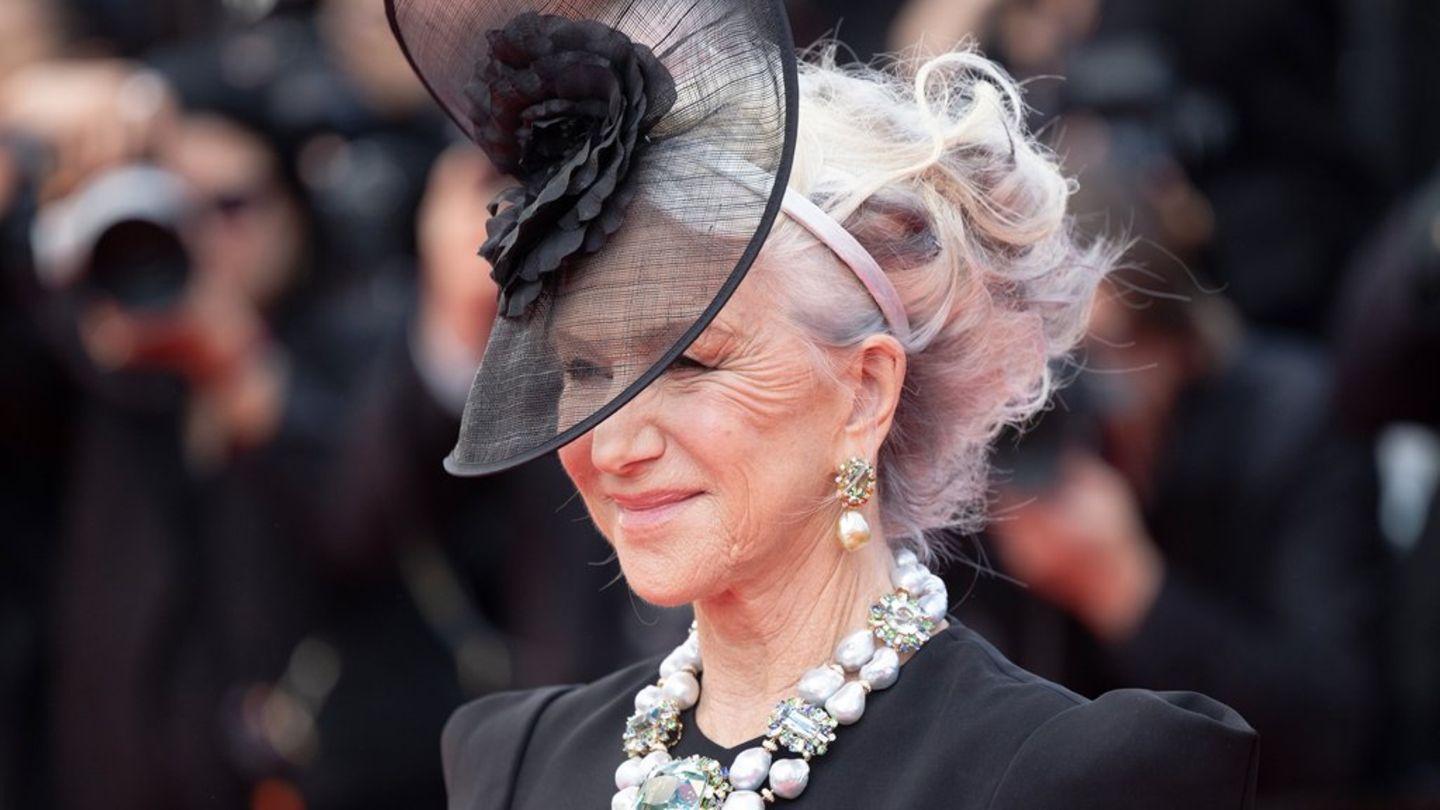Elvio Gandolfo: Ludueña’s is the only story I wrote twice in my life. The first, when I read it, I was not convinced. It was a time of very avant-garde texts. The story all happened in a bar. Ludueña came and went to the past. In that first version, Ludueña’s mistake was working alone. I decided to tell his story in order. It was years that I felt the influence of Jack London, a writer who always split my head. London is a classic at the height of Chekhov. Now Ludueña’s mistake is no longer going to fight alone, his mistake is that he goes to the meeting bar with a revolver, like a moron, and gives them the ideal excuse to shoot him down. That story had a strong impact, they included it in several anthologies of Argentine police stories and even in one for secondary schools.
Q.: And what led you to unfold it and tell now the previous and final life of who was a “little soldier” of the mafia?
EG: I had released two slightly autobiographical books in a row and I was tired of the autobiographical, it was an easy genre, I wanted to go for a character. They had asked me in editorials for the series “City of Flying Cows”, which I have to follow, and I told myself no, I have to go back to Ludueña and tell about his life. I began to write taking a line from each moment of the original story where it refers to the past. I didn’t do it in chronological order. I started with what seemed strongest to me, the relationship with the woman. What happened to him in that relationship in a small town in La Rioja, which was intense.
Q.: Didn’t you feel that the erotic story distanced you from the tension of the crime novel?
EG: No, the mob was. It was the mafia that had sent him there to protect him. The narrative about the market has me tired. The stories are always the same. I told myself, I’m going to tell you that Ludueña is from a time when there was another type of mafia. To start writing I did not do any historical research, I told the novel as it was in my head. I did not name Rosario either and yet she appears because of the details that are being given. Finally, the book gave me a floating narrative voice, which is not that of a third person, and that in the violent last chapter is like a voice of God.
Q.: It won’t be about drugs, but Ludueña works for a trafficker’s mafia.
EG: One thing is to carry and bring drugs, and another the subsequent wars. In the masterful film “Carlito’s Way”, Al Pacino carries and brings merchandise, after a few years in jail; when he leaves he thinks to meet the mafia he was dealing with and nothing to do with it, there are forty opposing mafias. Both Rosario and Montevideo today are very ruined by clashes between gangs, including foreign ones. In Montevideo there was a series of heinous crimes that had no history. It’s a shame, I like Montevideo, it has many things from Buenos Aires, but at the same time it has a mix from Rosario, Mendoza, Cordoba that I don’t like, especially in the handling of culture.
Q.: Is Ludueña at the origins of what is happening today?
EG: There is a very clear reference to Alfredo Yabrán, the one who did not allow himself to be photographed. I invented everything and it was convincing, that’s a huge pleasure. In the end, I liked that Ludueña was a controlled guy who doesn’t have a name, only a last name. The scene of the drug mafia is a surreal, cruel, bestial theater. Ludueña has a family that he still loves, even though his family doesn’t fully understand what he does.
Q.: What is the reason for the publishing boom in black and horror novels?
EG: For example, science fiction disappeared, and fantasy is like an exquisite consumption, while police and horror sell a lot. I think that is due to the brutalization of the social environment, which is worldwide. Violence is everywhere.
Q.: Why are most of the fiction books published today about women?
EG: They are questions of the moment that are imposed as if they were forever. There has been a number of exaggerations. Obviously the repeated story became boring. I read less women now. I have three or four current favorite women and many from before. It was impressive how many women wrote well, not just the Brontë. Especially May Sinclair, from whom Borges chose the story “Where the fire never goes out” for one of his anthologies, and Charlotte Perkins Gilman with her anthology “The yellow paper”, a chilling feminist story. They were mines who did not write nonsense.
Q.: What are you up to now?
EG: I have an interrupted book, “Tao 99”, very long, which has a complicated technical approach. The protagonist, who is not a writer, receives about three hundred issues of The New Yorker. He reads them in chronological order, systematically, as the book progresses and gives his opinion from his point of view. For example, Bob Hope, who never moved me a hair, in The New Yorker I read a master note, so I tell that. This is how those ninety-nine chapters are mixed with the three short novels written by a friend of the protagonist who is a writer, of which I have already finished two. If I get to finish it it will be wonderful. What happens is that during the pandemic I didn’t write anything, just two poems and a series of criticisms.
Source: Ambito
David William is a talented author who has made a name for himself in the world of writing. He is a professional author who writes on a wide range of topics, from general interest to opinion news. David is currently working as a writer at 24 hours worlds where he brings his unique perspective and in-depth research to his articles, making them both informative and engaging.




